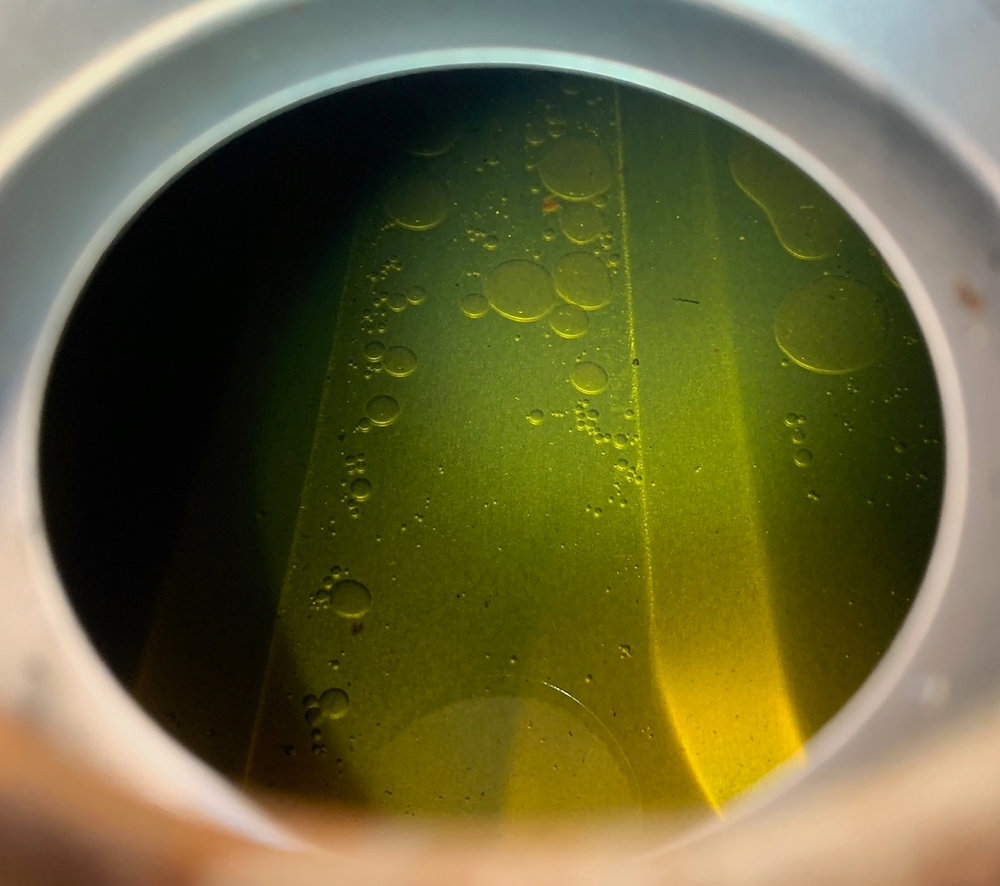Fuel contamination is a common problem faced by vehicle owners, machinery operators, and fuel storage facilities. Contamination in fuel tank can lead to reduced engine performance, frequent breakdowns, and costly repairs. Understanding how to remove Contamination in fuel tank quickly and safely is essential to maintain optimal engine functionality and prolong the life of your equipment. In this article, we will discuss the causes of fuel contamination, the types of contaminants, and step-by-step methods to effectively clean your fuel tank.
Understanding Fuel Contamination
Contamination in fuel tank occurs when foreign substances such as water, dirt, rust, or microbial growth mix with your fuel. Over time, these contaminants can clog fuel filters, damage fuel injectors, and impair combustion efficiency. Water contamination, in particular, can cause corrosion inside the tank and lead to bacterial growth, resulting in sludge formation. Dirt and rust particles may enter the tank from improper storage or corroded tank surfaces. Microbial contamination is more common in diesel tanks and can produce acids that accelerate metal corrosion. Recognizing the signs of contamination in fuel tank early can prevent extensive damage to your engine and reduce maintenance costs.
Common Causes of Contamination in Fuel Tank
- Poor Storage Practices: Fuel left in tanks for long periods without proper sealing can absorb moisture from the air, leading to contamination in fuel tank.
- Dirty Fuel Sources: Filling your vehicle or machinery from unverified fuel suppliers may introduce dirt and other impurities.
- Condensation: Temperature fluctuations can cause condensation inside fuel tanks, allowing water to mix with fuel and create contamination in fuel tank.
- Corrosion and Rust: Older tanks made of metal may rust over time, causing small rust particles to mix with fuel.
- Microbial Growth: Bacteria and fungi thrive in moist conditions within diesel tanks, producing sludge and acids that worsen contamination in fuel tank.
Signs of Contamination in Fuel Tank
Knowing the signs of contamination in fuel tank is essential for timely action. Common indicators include:
- Difficulty starting the engine or frequent stalling
- Reduced engine power and poor acceleration
- Black or cloudy fuel in the tank
- Clogged fuel filters or injectors
- Unusual odors or sludge formation
Identifying these symptoms early can prevent costly repairs and ensure smooth operation.
How to Remove Contamination in Fuel Tank
Removing contamination in fuel tank requires proper techniques and safety measures. Here’s a step-by-step guide:
1. Drain the Fuel Tank
The first step is to drain all fuel from the contaminated tank. Ensure you use a proper container for storing fuel if it is still usable. This helps eliminate a large portion of contamination in fuel tank and prepares the tank for cleaning.
2. Clean the Tank Interior
After draining the fuel, remove the tank from the vehicle or machinery if possible. Use a fuel-safe cleaning solution or a mixture of water and mild detergent to scrub the tank’s interior. Rinse thoroughly with clean water to remove any remaining residues. This process reduces the chances of contamination in fuel tank recurring.
3. Remove Rust and Sediment
If rust is present, use a rust remover or a mechanical brush to clean the metal surface. Sediments and dirt particles should be fully removed to prevent future contamination in fuel tank.
4. Dry the Tank Completely
Before refilling, ensure the tank is completely dry. Moisture left in the tank can lead to water contamination in fuel tank. Use compressed air or allow the tank to air dry in a clean, dust-free environment.
5. Use Fuel Additives
Fuel additives can help prevent microbial growth and remove minor impurities in fuel. Regular use of these additives reduces the risk of contamination in fuel tank and improves fuel efficiency.
6. Replace Fuel Filters
After cleaning, always replace the fuel filters. Contamination in fuel tank often damages filters, so installing new filters ensures that only clean fuel reaches the engine.
7. Regular Maintenance
Prevention is key. Regularly inspect your fuel tank for water, rust, or sludge and maintain proper storage conditions. Doing so reduces the chances of contamination in fuel tank and protects your engine’s performance.
Safety Precautions While Cleaning Fuel Tanks
- Always work in a well-ventilated area to avoid inhaling fumes.
- Wear protective gloves and goggles.
- Avoid open flames or sparks near the fuel tank.
- Dispose of contaminated fuel safely according to local regulations.
Following these safety measures minimizes risks associated with handling contaminated fuel and ensures a smooth cleaning process.
Conclusion
Contamination in fuel tank is a serious issue that can severely impact engine performance and longevity if ignored. By understanding the causes and signs of contamination in fuel tank, vehicle and machinery owners can take timely action. Draining the tank, cleaning its interior, removing rust and sediment, drying thoroughly, using fuel additives, replacing filters, and maintaining proper storage practices are all crucial steps to remove contamination in fuel tank quickly and safely. Regular inspection and preventive measures not only protect your equipment but also enhance fuel efficiency and reduce repair costs. Addressing contamination in fuel tank promptly ensures a reliable, efficient, and long-lasting engine performance.




